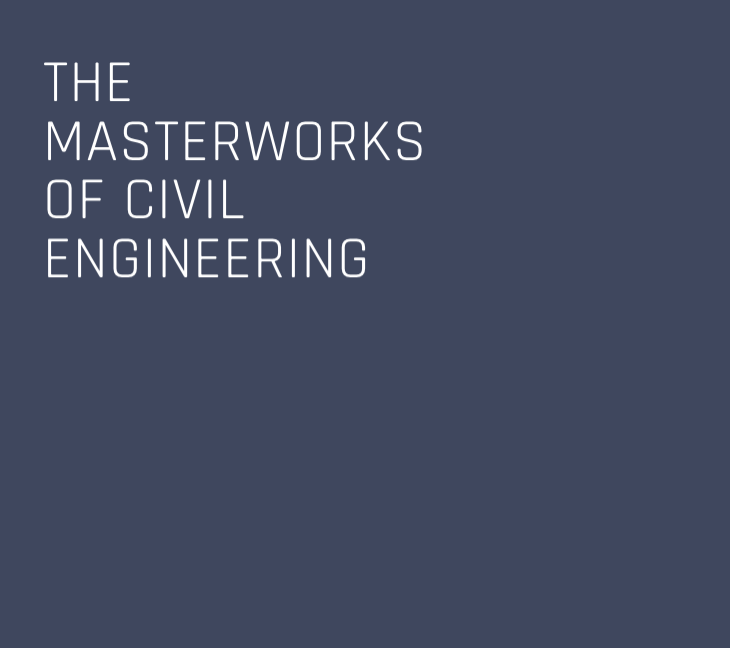
midas FEA NX
Advanced Analysis for Localized Zones in Bridge and Building Structures
midas FEA NX is the advanced finite element analysis tool for civil and structural engineering applications. It can model and analyze localized zones using 2D and 3D elements and perform refined method analysis. Midas FEA NX is essential for complex geometry and its advanced solver and analysis visualization is used by many in the industry to prove structural redundancy. Its ability to perform nonlinear analysis, dynamic time history analysis, geotechnical analysis, concrete cracking analysis and more, allows for in-depth and highly accurate structural analysis.
Advanced Capabilities
See how midas FEA NX can help your project!
|
Concrete Crack Analysis |
Static Analysis |
Reinforcement Analysis |
|
Bucking Analysis |
Eigenvalue Analysis |
Response Spectrum Analysis |
|
Time History Analysis (Linear / Nonlinear) |
Static Contract Analysis |
Interface Nonlinearity Analysis |
|
Heat of Hydration Analysis |
Construction Stage Analysis |
Heat Transfer Analysis |
|
Nonlinear Analysis |
Slope Stability Analysis |
Seepage Analysis |
|
Consolidation Analysis |
Coupled Analysis (Fully/Semi) |
|
Why midas FEA NX?
-
Model 1D/2D/3D geometries along with the accurate Boolean operator. Benefit from the compatibility with various CAD format (AutoCAD, Parasolid, ACIS, STEP, IGES, Pro-E, CATIA V4/V5, Solidworks, Unigraphics, Inventor Part, Inventor Assembly, DXF, DWG, Parasolid, STL)
-
Generate 1D/2D/3D mesh automatically with precise control of element size and customizable seed location details. Has the freedom to choose various mesh algorithms to achieve the ideal mesh.
-
Model reinforcement with embedded truss and tendon element, and model piles with pile elements. Model and visualize the pile/foundation interaction.
-
Solver supports the 64-bit platform, parallel processing with multiple CPUs along with GPU acceleration, and freedom to choose the multi-frontal solver for large-scale models.
-
Supports material nonlinearity with a variety of material models, including Von Mises, Mohr-Coulomb, Masonry, Concrete Smeared Crack.
-
Supports geometry nonlinearity and interface nonlinearity using various iteration methods.
-
Perform geotechnical analysis such as slope stability analysis, construction stage analysis, consolidation analysis, seepage analysis.

What do you like best?
Daniel E. Mariscal, PE
Structural Discipline Specialist at Jacobs

What do you like best?
Dr. Seungwoo Lee
Senior Supervising Engineer at WSP USA
Featured Users’ Bridge Design Projects
Bridge Design & Analysis Software
Featured Blogs

How to Perform Time-Dependent Analysis
How to Perform Time-dependent Analysis?
Mainly there are two ways to perform the time-dependent analysis. One is the time-step analysis and the other is the age-adjusted method. The age-adjusted method is a simplified one and can consider the long-term effects with only a one-step analysis. Of course, this is an approximate way
Read More
Influence Line Analysis for Continuous Girders
Influence line analysis is essential for bridge design. Classical influence line theory for continuous girders goes back to Müller-Breslau in the late 18th century. Currently, iterative analysis is commonly used since this method is rather simple to implement with the displacement methods. Both methods give the same results and we can use either of these methods.
Read More
New Modeling Approach For Tunnels Under Complex Ground and Loading Conditions
How to Model the Girder and Deck Connection in Composite Bridge?
With the help of Tarcisio Barreto Celestino and Antonio Bobet, our MIDAS Expert Osvaldo Paiva Magalhães Vitali took on a new approach using midas GTS NX on tunnels with complex ground and loading conditions. In their recent...
Read More









